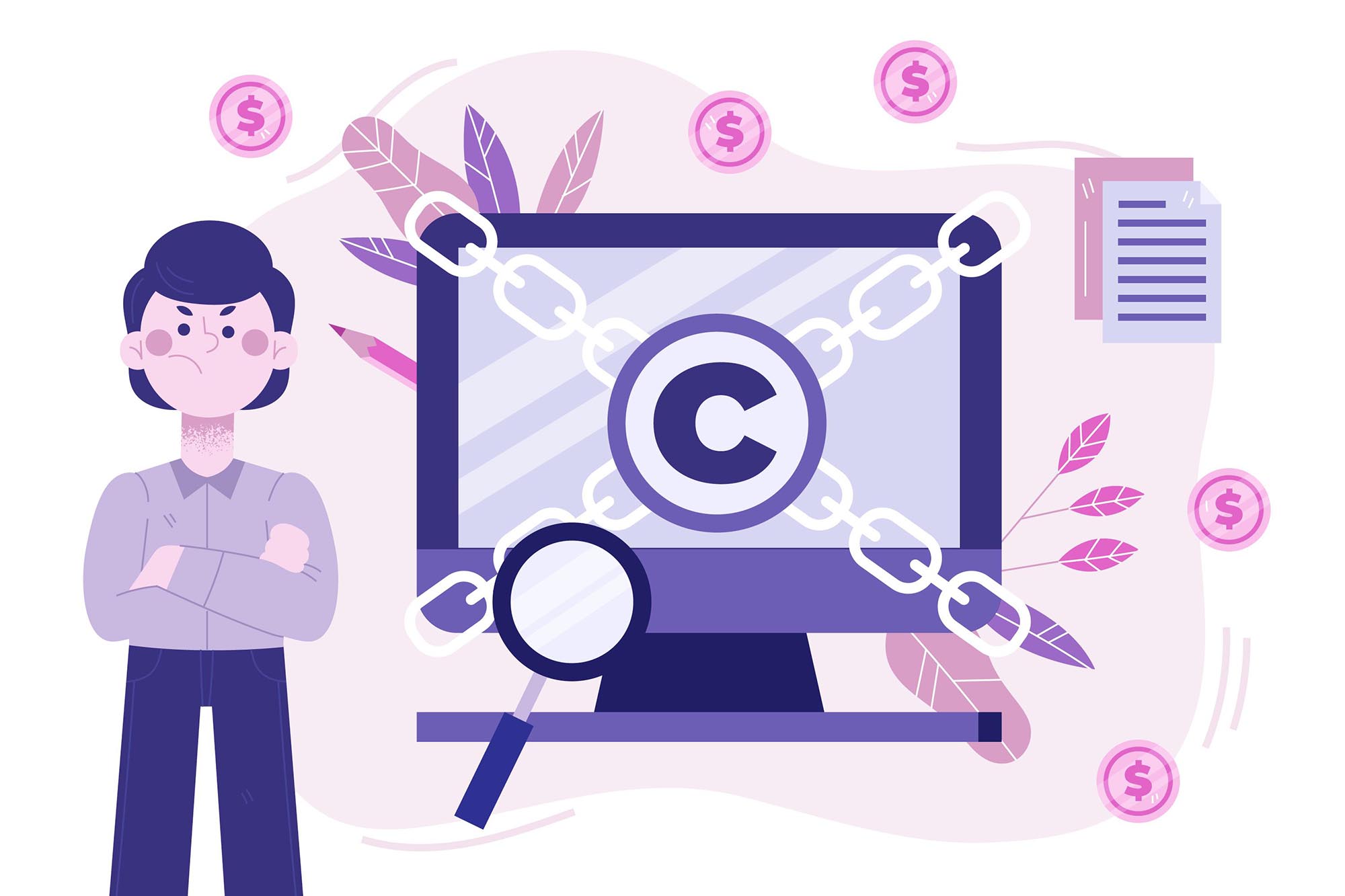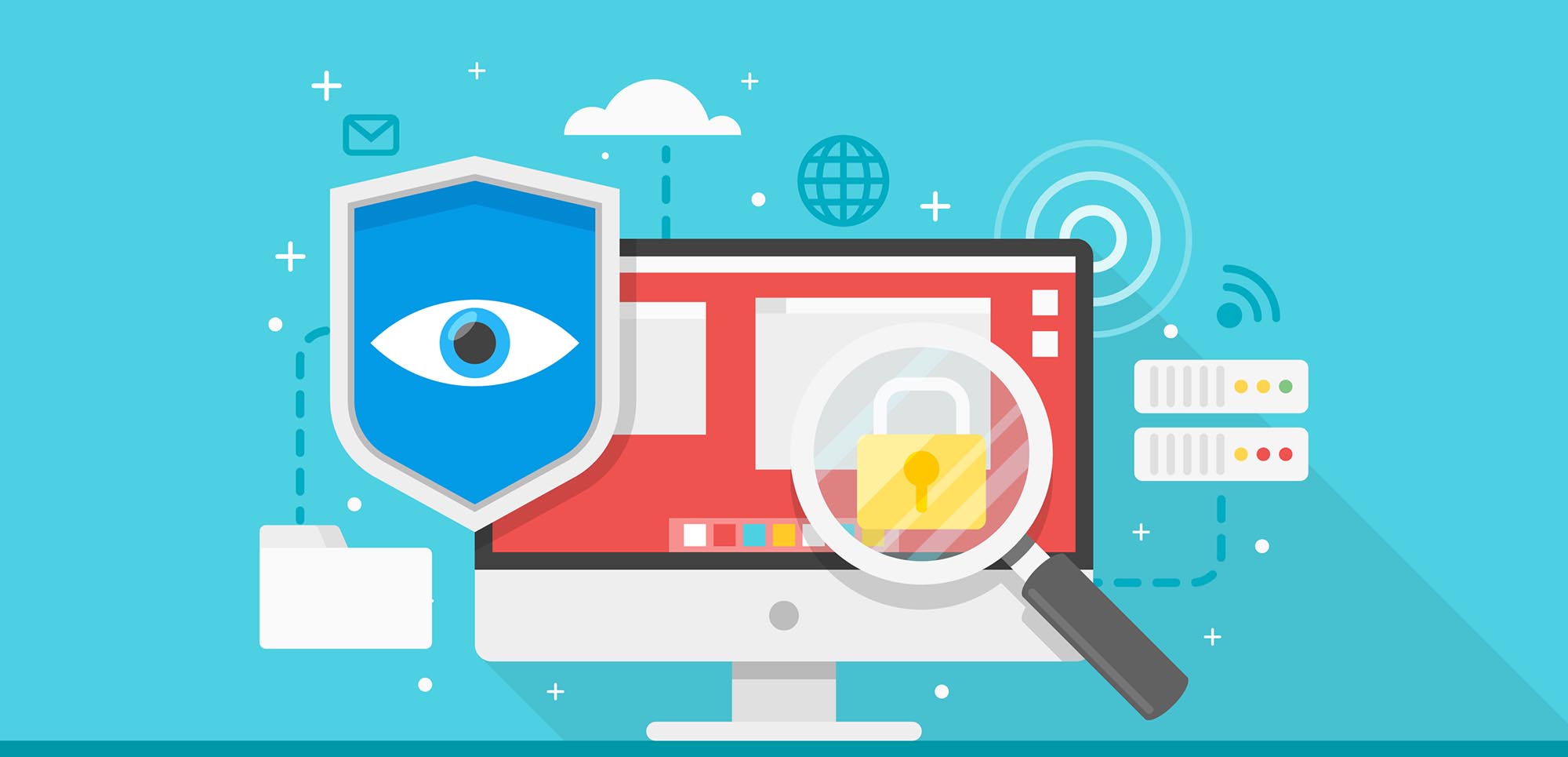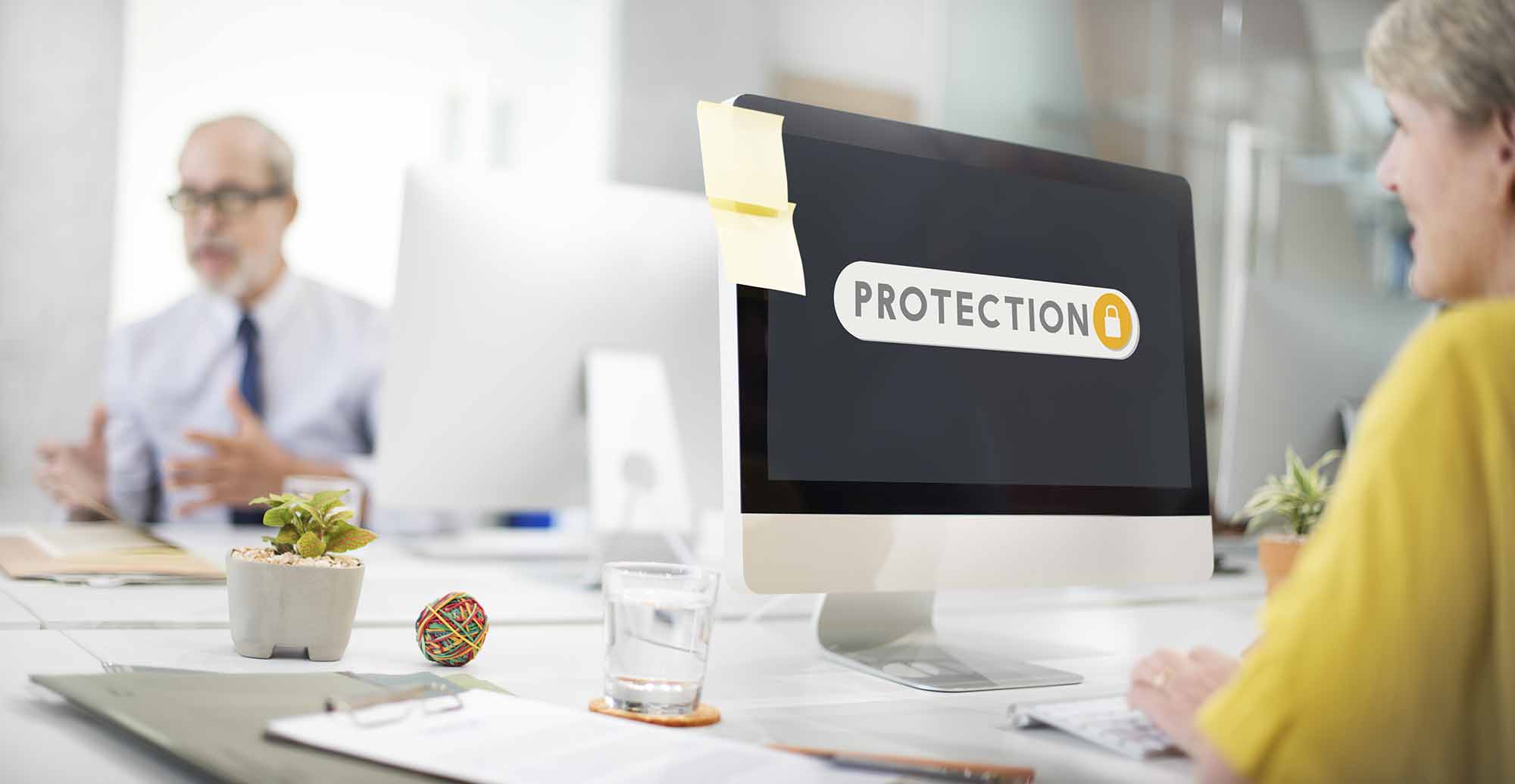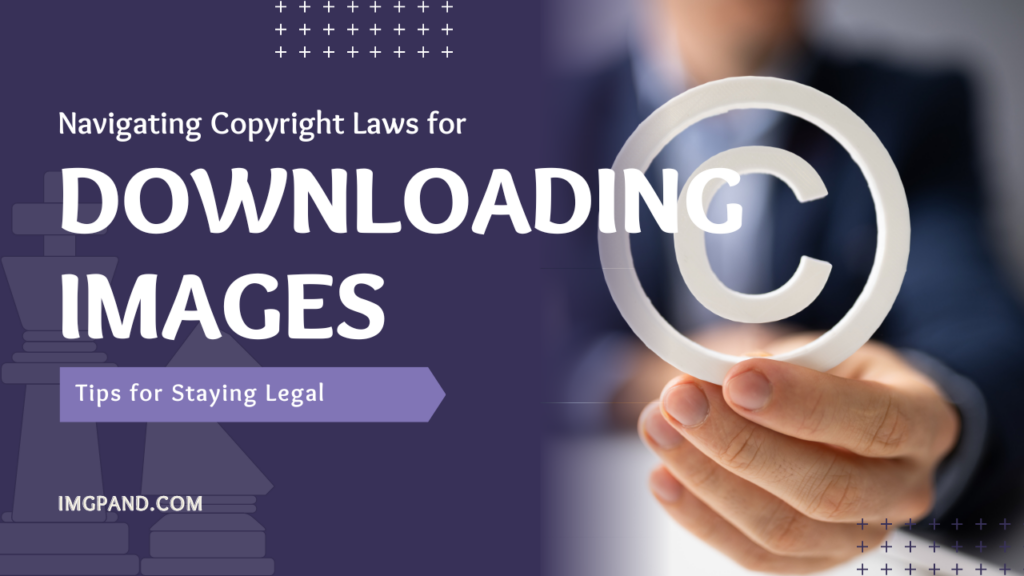Introduction
Images are a powerful tool in online content creation, whether it's for your website, blog, or social media. However, using images without proper permission can lead to legal issues and copyright infringement. To navigate copyright laws for downloading images, it's important to understand the different types of image licenses and where to find safe image sources. Additionally, understanding fair use and parody laws can help you use images legally and responsibly.
In this blog post, we will explore tips for staying legal when downloading and using images online, so you can create stunning visuals for your content without breaking the law.
Also Read This: Understanding Your YouTube Music Recap and Its Insights on Your Listening Habits
Understanding Copyright
Copyright is a legal concept that protects the exclusive rights of creators over their original works. This includes images, photographs, illustrations, and other visual content. Copyright laws vary by country, but in general, copyright protection begins as soon as a work is created and lasts for a specific period of time.
When it comes to using images, it's important to understand the different types of copyright licenses. Some images may be in the public domain, meaning they are not subject to copyright laws and can be used freely. Others may have a Creative Commons license, which allows for free use of the image with certain conditions, such as proper attribution to the original creator. Still, others may have more restrictive licenses that require permission from the copyright owner before use. It's important to read and understand the terms of the license before using any image to avoid copyright infringement.
[caption id="attachment_182735" align="alignnone" width="2000"] Understanding Copyright[/caption]
Understanding Copyright[/caption]
Also Read This: Pricing for Shutterstock Custom Services
Safe Image Sources
To avoid copyright infringement, it's important to find safe image sources that offer images with proper licenses. Here are some safe image sources to consider:
Creative Commons:
Creative Commons is a non-profit organization that provides free licenses for creators to use on their works. Many creators use Creative Commons licenses to share their works with others, including images.
Stock photo websites:
There are many websites that offer free or paid stock photos with proper licenses for use. Some popular ones include Unsplash, Pexels, and Shutterstock.
Public domain archives:
There are many archives of public domain images available online, including the Library of Congress, NASA, and Wikimedia Commons.
Creative Commons search:
You can use the Creative Commons search tool to find images with proper licenses on various websites, including Flickr and Google Images.
User-generated content:
If you have permission from the original creator, user-generated content can be a great source for images. Just be sure to get proper permission and attribute the image to the original creator.
[caption id="attachment_182736" align="alignnone" width="2000"] Safe Image Sources[/caption]
Safe Image Sources[/caption]
Also Read This: Canva Image Extraction
Fair Use and Parody
Fair use is a legal doctrine that allows the use of copyrighted material without the permission of the copyright owner in certain circumstances. One of those circumstances is for parody. Parody is a type of creative work that uses elements of an existing work to make fun of or comment on that work.
For example, if you were creating a parody of a popular movie, you might use images or clips from that movie to create your own humorous commentary. However, it's important to note that not all uses of copyrighted material in parody will be considered fair use. In order to qualify, the use must be transformative, meaning that it creates something new and different from the original work.
It's also important to note that fair use is a legal defense, meaning that if you are sued for copyright infringement, you can argue that your use of the copyrighted material falls under fair use. However, there is no guarantee that a court will agree with your argument, so it's important to be cautious when using copyrighted material for parody or other purposes.
[caption id="attachment_182737" align="alignnone" width="2000"] Fair Use and Parody[/caption]
Fair Use and Parody[/caption]
Also Read This: Boost Your Dailymotion Views for Greater Exposure
Protecting Your Own Images
If you are a content creator or artist and want to protect your own images from being used without your permission, there are several steps you can take:
Watermark your images:
Adding a watermark to your images can help deter people from using them without permission. A watermark is a visible overlay that identifies you as the owner of the image.
Copyright your images:
Copyrighting your images provides you with legal protection and gives you the right to sue anyone who uses your images without permission. In most countries, copyright protection is automatic, meaning that you don't need to register your images to receive legal protection.
Use a digital signature:
A digital signature is a unique code that is embedded into your image file. This code can be used to identify you as the owner of the image and can be used as evidence in legal proceedings.
Use a Creative Commons license:
Creative Commons licenses allow you to share your images with others while retaining some rights. For example, you can choose to allow others to use your images for non-commercial purposes, but not for commercial purposes.
By taking these steps, you can help protect your own images from being used without your permission. However, it's important to note that there is no foolproof way to prevent others from using your images, so it's always a good idea to be vigilant and monitor the use of your images online.
[caption id="attachment_182738" align="alignnone" width="2000"] Protecting Your Own Images[/caption]
Protecting Your Own Images[/caption]
Also Read This: Exploring OK.ruâs Video Streaming Options
Pros & Cons
| Pros | Cons |
|---|---|
| Helps you avoid legal issues and potential lawsuits | Can limit the availability of images |
| Protects the rights of content creators and artists | Can be time-consuming to find and properly attribute images |
| Encourages the use of safe and legal image sources | Can limit your creative freedom |
| Helps promote ethical use of content online | Can be difficult to determine fair use and parody |
| Can help protect your own images from unauthorized use | Can be costly to obtain licenses for certain images |
"Copyright is a form of protection provided by the laws of the United States for original works of authorship, including literary, dramatic, musical, architectural, cartographic, choreographic, pantomimic, pictorial, graphic, sculptural, and audiovisual creations." - United States Copyright Office
Also Read This: Fortiguard Downloader Enterprise Protection Versus UTP
Conclusion
Navigating copyright laws for downloading images can be a complex and confusing process, but by understanding the basics of copyright and using safe image sources, you can stay on the right side of the law. Additionally, if you are a content creator or artist, taking steps to protect your own images can help deter others from using them without your permission.
By following these tips and being vigilant about the use of your images online, you can help ensure that your content is being used in a legal and ethical manner.
FAQs
What is copyright?
Copyright is a legal right that gives the creator of an original work exclusive rights to use and distribute that work.
Can I use any image I find online?
No, not all images found online are free to use. Many images are protected by copyright and using them without permission can result in legal issues.
What is fair use?
Fair use is a legal doctrine that allows for limited use of copyrighted material without permission for purposes such as criticism, commentary, news reporting, teaching, scholarship, or research.
How can I protect my own images from unauthorized use?
You can protect your own images by watermarking them, registering your copyright, and using software that can help you detect if your images are being used without permission.
What are some safe image sources?
Some safe image sources include royalty-free stock photo websites, Creative Commons licensed images, and public domain images.
